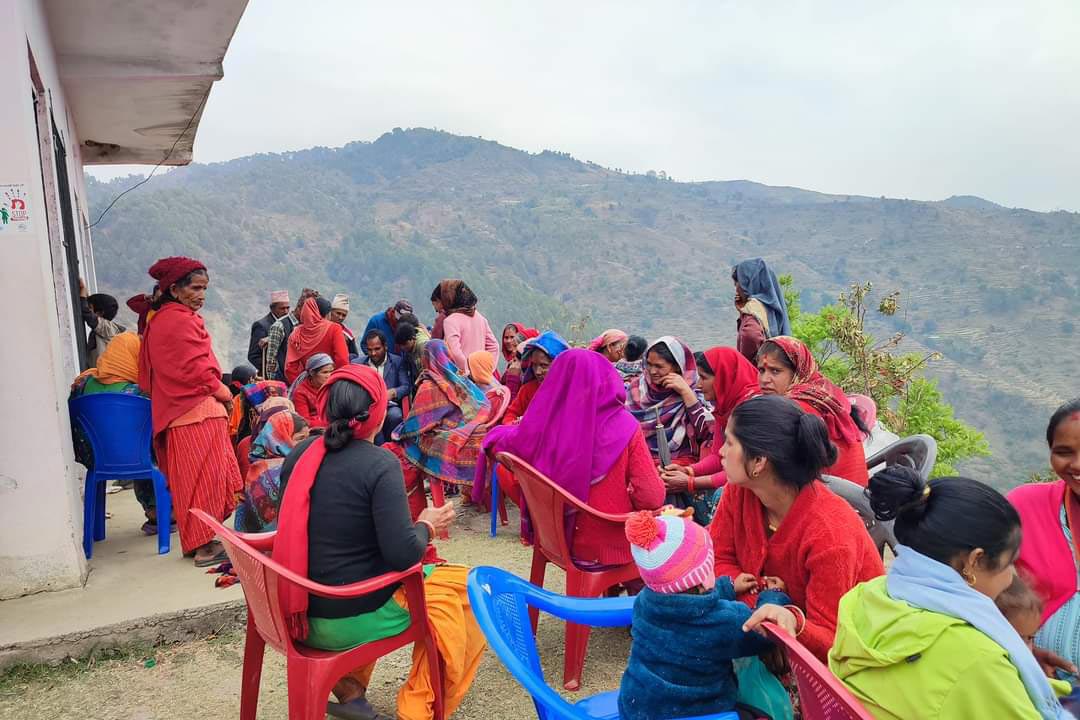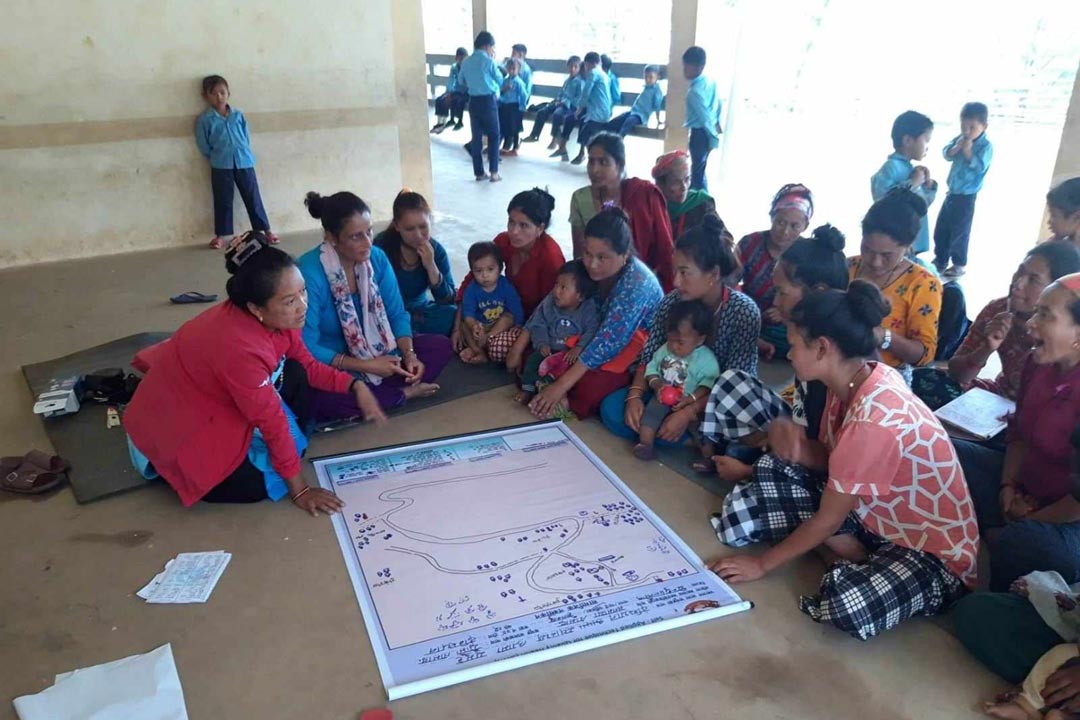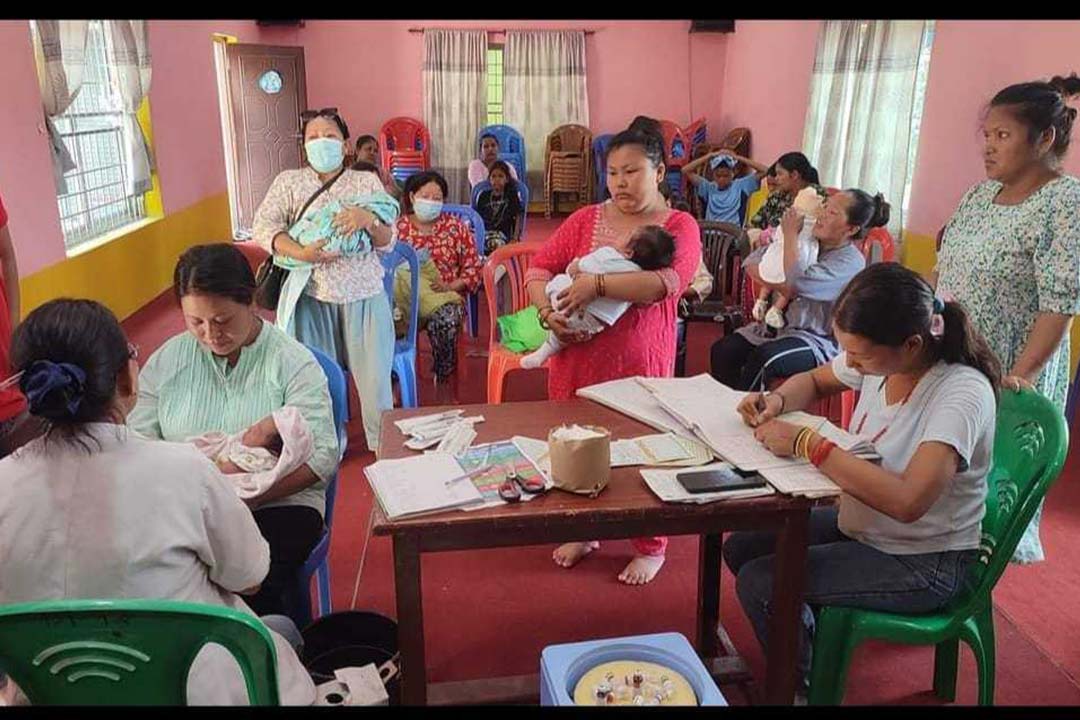Nepali community burdened with high rates of sickle-cell anaemia seek support
Half a century ago, sickle-cell genes made the indigenous Tharu people robust against falciparum malaria. But their present-day descendants are paying a health penalty.
- 22 August 2023
- 6 min read
- by Chhatra Karki
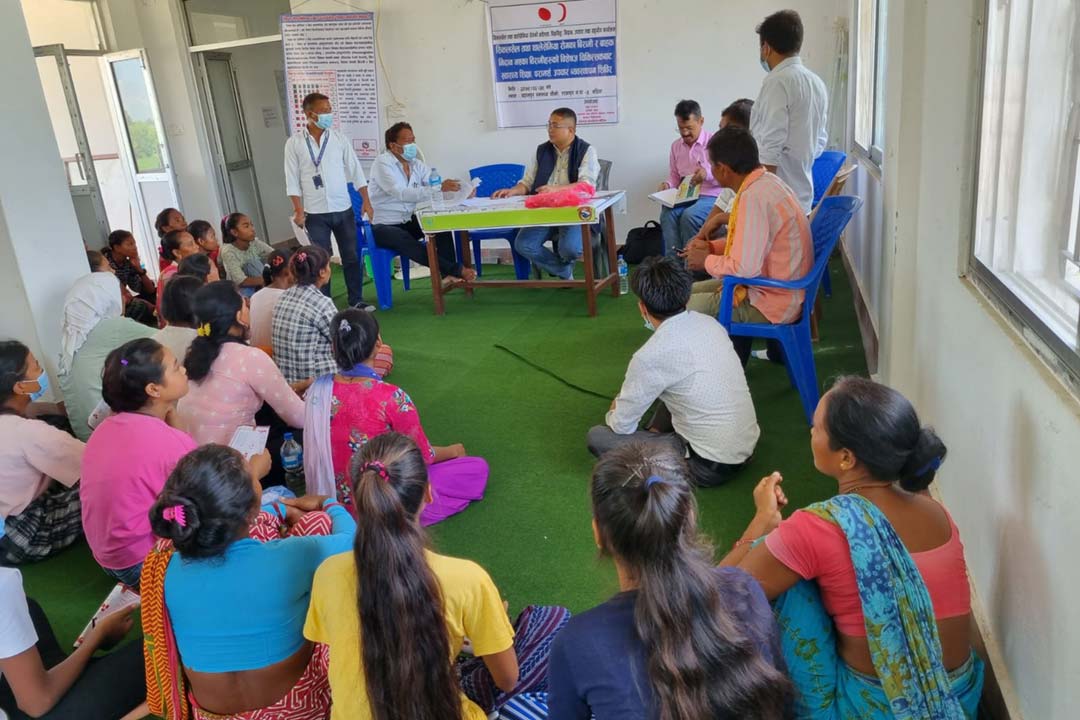
Pratima Chaudhary, a 22-year-old woman from Bardiya, in Nepal's Geruwa Rural Municipality, had been plagued by symptoms including stomach aches, limb pain, fevers and jaundice since she was about four years old. But she didn't learn that the source of her trouble lay in her DNA – and deep in her community's history – until 2015.
Bad blood
That year, doctors at Bheri Hospital, Nepalganj, sent Chaudhary's blood samples to Delhi, India for testing. "The diagnosis of sickle cell anaemia was confirmed, and my treatment began," she recounts.
Five decades ago, indigenous Tharu people, who were concentrated in certain susceptible districts of western Nepal, experienced high rates of falciparum malaria. The sickle cell trait offered natural protection against malaria.
The treatment helps, but can't cure her. Sickle cell disease is an inherited haemoglobin disorder, in which the red blood cells are misshapen, resembling a crescent rather than a smooth doughnut. The misshapen cells can block small blood vessels and impede blood flow, and restrict the amount of oxygen in the blood stream.
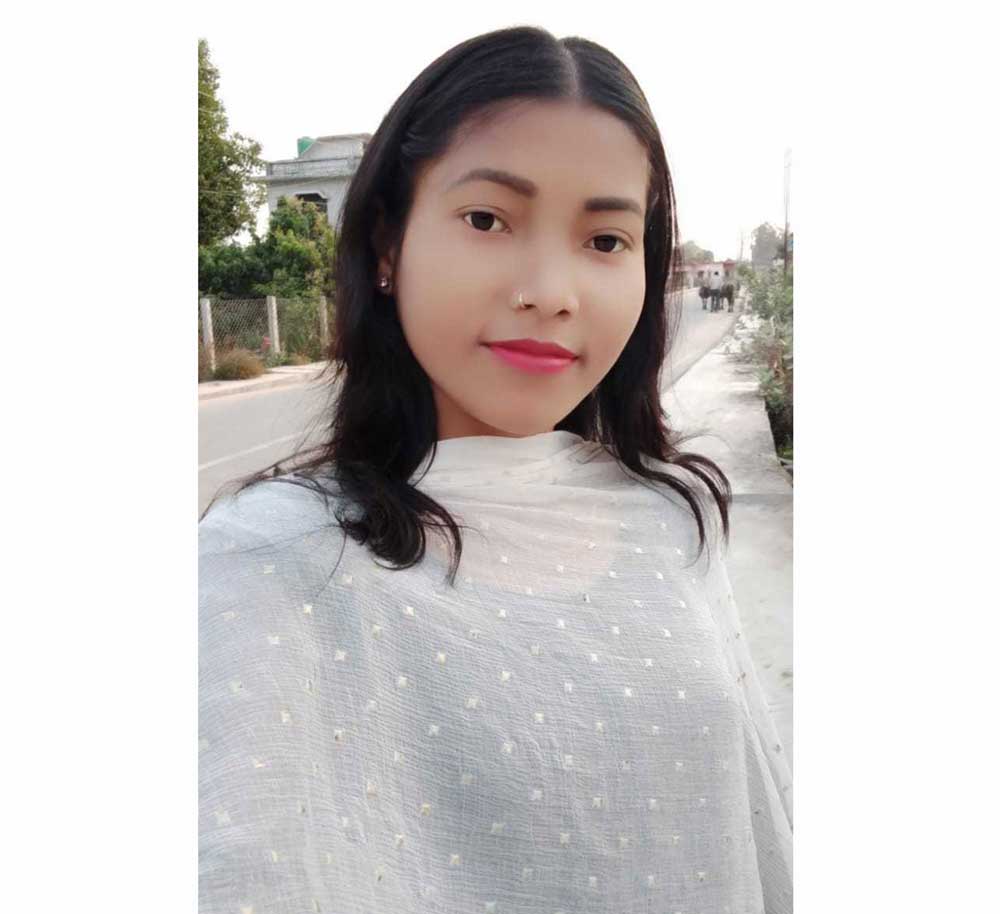
Credit: Chhatra Karki
This, in turn can lead to symptoms including a yellowish tint in the skin (jaundice) or the whites of the eyes (icterus), fever, difficulty breathing, profound fatigue, irritability due to anaemia, and painful enlargement of the limbs.
A 2023 study published in the Lancet Haemotology estimated that 34,400 people globally died of sickle cell disease in 2021, and that sickle cell disease contributed to 376,000 deaths that were not exclusively or directly attributable to the disorder.
Worldwide, and also in Nepal, the condition is not spread evenly through the population. Chaudhary's ethnic group, the indigenous Tharu community, was recognised by the government of Nepal as facing the condition at far higher rates than the general public in 2014. That recognition came after a campaigning member of parliament representing the Tharu people made it his mission to raise awareness of the sickle cell burden in his community.
In 2018, Dr Rajan Pandey, chief consultant physician and Bheri Hospital in Nepalgunj and a sickle cell and thalassaemia consultant to the WHO, led a Nepal-based study which revealed that 97.7% of sickle cell disease patients in his sample of 1,250 were from the Tharu community, though that ethnic group only accounts for 6.2% of Nepal's total population.
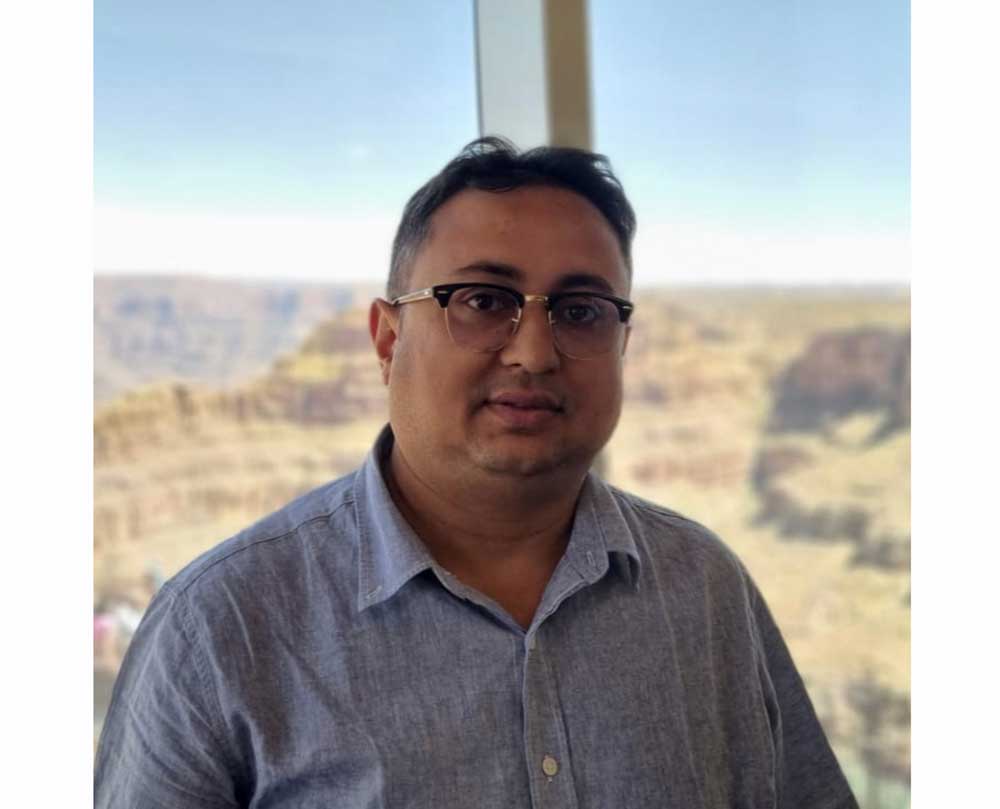
Credit: Rajan Pande
It tends to mean sickle cell sufferers know other sickle cell sufferers. Chaudhary's sister was told she had sickle cell disease in the same month she did. Her father and mother were found to have the milder sickle cell trait (SCT) – an often symptom-free version of the condition, which arises when a person inherits one sickle-cell gene, and one normal gene.
Living with the condition is not easy, Chaudhary explains. "Whenever the blood level in my body is low, I require hospital admission and a blood transfusion. Additionally, even during regular conditions, I need to purchase medicines like folic acid, which amounts to 2,000 Nepali Rupees (US$ 15 per month."
Malaria's genetic manipulation
Five decades ago, indigenous Tharu people, who were concentrated in certain susceptible districts of western Nepal, experienced high rates of falciparum malaria. The sickle cell trait offered natural protection against malaria when medication was unavailable in the region, explains Dr Pandey, with carriers of the genetic mutation being less vulnerable to the deadly parasite. Over time, the result was a high prevalence of the sickle cell gene in the community.
Other haemoglobin disorders like beta thalassaemia and alpha thalassaemia, which also have a connection with generational exposure to malaria, are also prevalent in the Tharu community, Dr Pandey says.
Living and dying with sickle cell
Usha Oli, Psychological Counsellor at Bheri Hospital, Nepalgunj, has observed a higher prevalence of sickle cell anaemia among young patients aged 17 to 30.
Those patients contend with more than physical distress. Mental health issues like lack of confidence, anxiety, and depression are common among sickle cell patients. Oli notes, "Bheri Hospital sees five to 22 new and old sickle cell patients daily, 99% from Tharu community, with many coming from Dang, Banke, Bardia, and Surkhet.
Have you read?
"Young people in high-risk areas for sickle cell anaemia [should be checked] before marriage. Marrying within unaffected partners can prevent disease transmission and minimise its impact. Couples with sickle cell disease should consult a doctor before having children and receive guidance for post-childbirth care," Oli advises.
"Couples with sickle cell disease should consult a doctor before having children and receive guidance for post-childbirth care."
– Usha Oli, counselor, Bheri hospital, Nepalgunj
Sickle cell anaemia claims numerous lives annually within the Tharu community, yet the government lacks precise data. Dr Pandey advises early identification of patients for effective treatment.
Nepal's government provides a one-time payment of 100,000 rupees for sickle cell treatment expenses, but Prabhuram Chaudhary, President of Sickle Cell Anaemia Society Nepal, asserts it's inadequate. He advocates for insurance coverage, which is currently lacking for sickle cell medicine, exposing patients to financial strain . Pandey emphasises the need for government insurance akin to that available for to HIV and multidrug-resistant tuberculosis patients.
Improving access to diagnostics and care
Prof Dr Subesh Raj Kayastha, Former Senior consultant physician at Seti Regional Hospital, has been treating sickle cell patients for four decades. He highlights recent improvements in patient care and management.
"Testing for sickle cell disease through blood samples is readily accessible throughout Nepal. Blood can be sourced from blood banks to provide for patients. The Nepalese Government is actively engaged in integrating care for individuals with sickle cell disease into mainstream healthcare. Medications are more readily obtainable than in the past," he says.
But unfortunately, most patients seek diagnosis only when their health issues have become complex.
Chaudhary says his group has been running awareness programmes since their establishment in 2015, concentrating on the most-affected districts of Nepal, but emphasises that more efforts are required.
He points out that the Tharu community broadly face economic challenges, often making it especially difficult to afford costly lab tests. When patients are obliged to travel from villages to cities for diagnosis, expenses escalate due to transportation and accommodation costs. If multiple family members are affected, the costs rack up still further.
Dr Phanindra Prasad Baral, Head of Non-Communicable Diseases and Mental Health Section at the Epidemiology and Disease Control Division, Ministry of Health and Population, reveals that the government plans to release updated guidelines on sickle cell anaemia within the year.
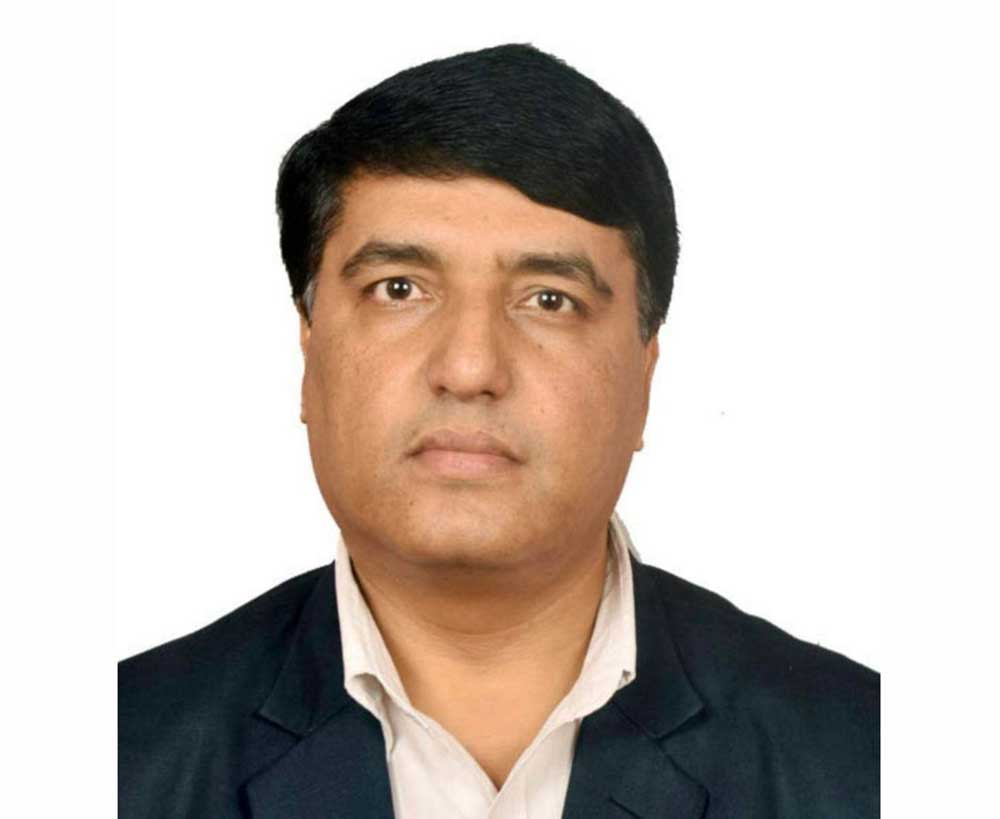
Credit: Ministry of Health and Population.
Dr Baral bemoans the low understanding of sickle cell anaemia among healthcare workers and in the general public. He stresses the need for counselling regarding patient care. The Department of Health Services has planned to address this issue and improve treatment methods, for patients of sickle cellband other haemoglobin disorders.
Already in the current financial year, various programmes on sickle cell anaemia and thalassaemia will be conducted in seven provinces, with awareness and orientation programmes held in different locations, he says. Programmes related to sickle cell anaemia will also be delivered in district hospitals and primary health centres.

